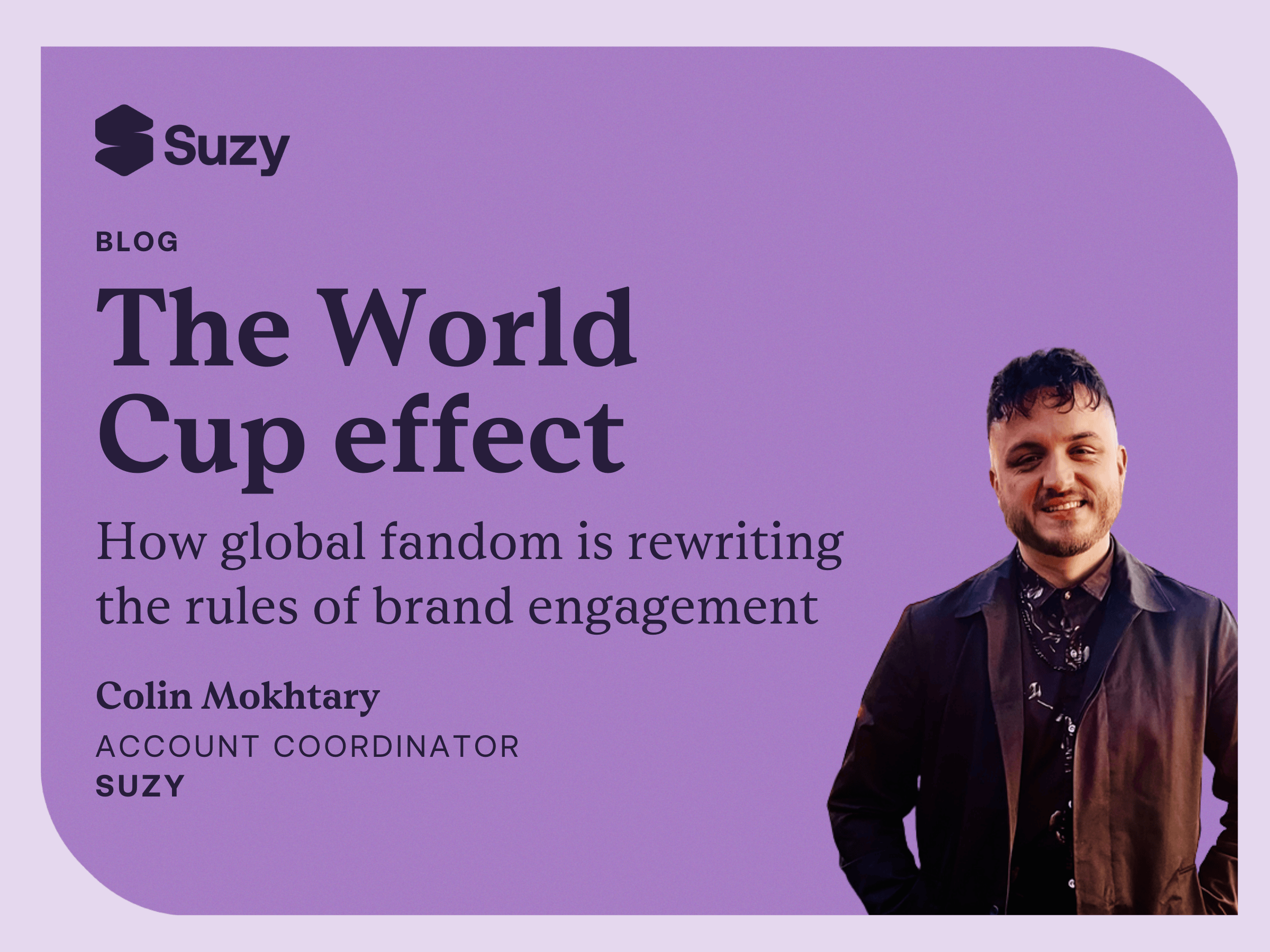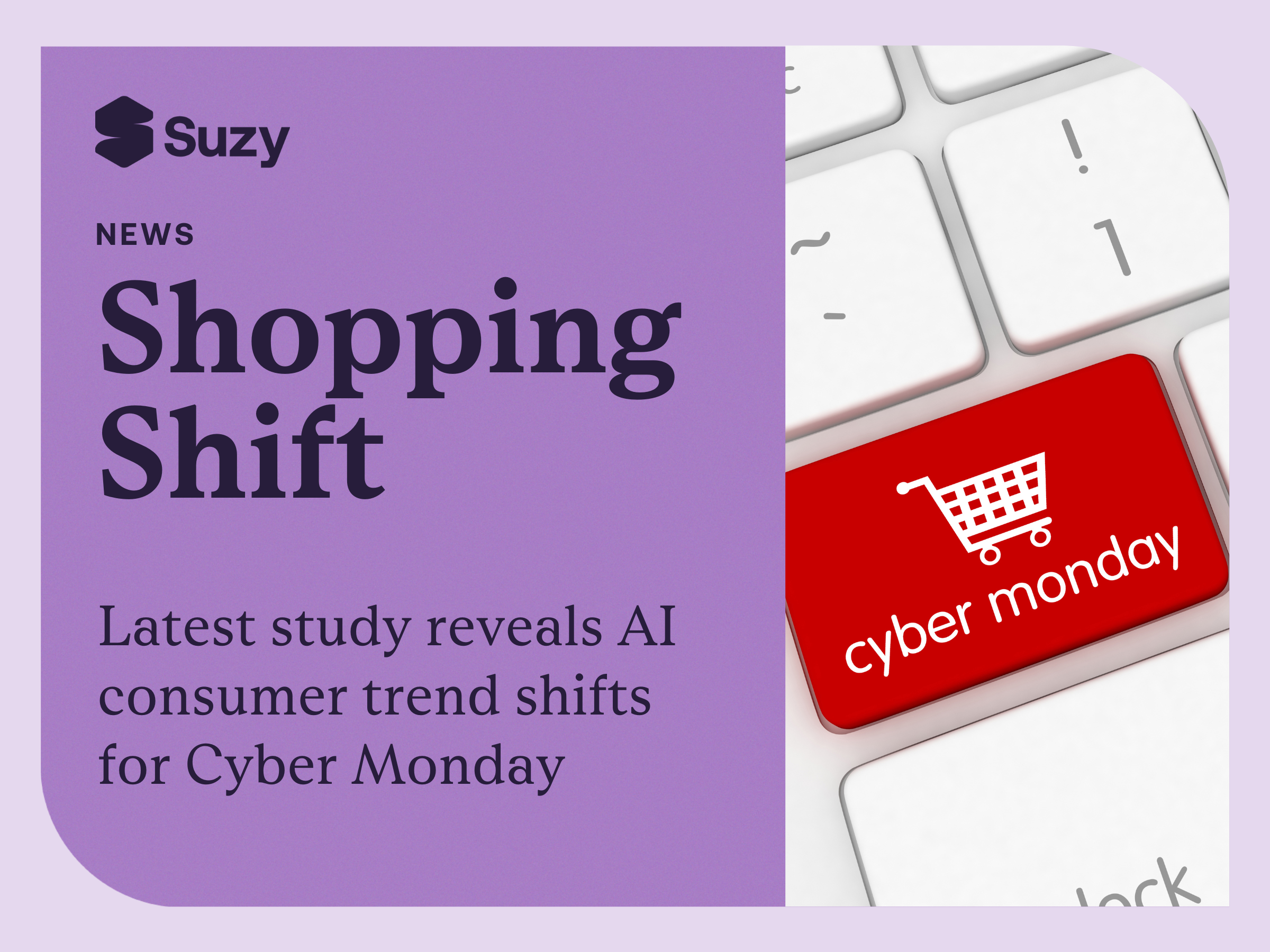Understanding a concept does not equate to measuring it. Recently, I read a fascinating study about assessing frailty in the older population. When we look at someone, we can often make a determination of whether they appear to be frail or not. But what if we actually wanted to define frailty? What criteria would we evaluate to determine if someone qualifies as frail?
Shift now to the idea of loyalty. Like frailty, we can explain and define it. And yet, how does one measure loyalty? Let’s take man's best friend for example. Often considered one of the most loyal animals, how could we measure its steadfastness? If a dog runs away from its owner 10 times but returns 9, is the dog loyal? What about 8 times?
What if your dog wants to meet every person it sees? Is it loyal to you? What is the right criteria to measure if the dog remains loyal to its master?
And so begins the assessment of loyalty within the world of brand marketing. Brands work hard to develop a loyal customer base. CRM systems and reward programs represent significant investments meant to keep customers loyal. Do the investments work? The only way we can know is by establishing criteria that define loyalty.
In this blog, let’s explore a few ways that brands can measure loyalty.
Defining and measuring loyalty
Loyalty can be defined by attitude or by behavior. But, looking at loyalty this way can be difficult for products with long purchase cycles. For example, it’s difficult for me to demonstrate my loyalty to an automotive or a durable goods brand through repeated purchasing. I own a Whirlpool refrigerator. Am I loyal to Whirlpool? It’s difficult to assess since I likely won’t need a new fridge for (hopefully) many years. I cannot demonstrate repeated purchase behavior here. On the flip side, I am a very loyal McDonald’s breakfast eater. By going there two to three times per week, I have shown my loyalty to the point where the cashier knows my order by heart.
So what can we measure to quantify loyalty? What diagnostics metrics help us understand the attitudes and behaviors of a loyal customer? Here are some examples.
- Customer satisfaction Satisfaction does not guarantee loyalty, but the absence of satisfaction will likely lead to churn. (More on churn to come.) Many brands use customer survey research to measure satisfaction.
- Net Promoter Score (NPS) NPS is probably the most popular surrogate for customer satisfaction. Around now for many years and well-known, NPS measures the likelihood that a customer would recommend a brand. While hardly perfect, NPS regularly correlates with other measures related to brand positivity.
- Referrals NPS measures the likelihood of a referral; in many cases, we can count the real thing. I go to the dentist once per year. That cycle makes it hard to literally demonstrate loyalty. However, if I refer someone I know to my dentist, I have found an alternative approach to showing my devotion to that practice. Additionally, I’m not likely to refer to a brand that I won’t return to. It’s common for businesses to reward customers for referrals, basically incentivizing that loyalty.
- Social Media Following If I am loyal to a brand, I want to remain informed about it. The more ways I engage with content from that brand, the more loyal I likely am. Following is the passive approach. For the more proactive approach….
- Social Media Engagement People like to talk about things they like. This premise applies to the brands they use. When people provide unsolicited mentions, recommendations, and the like, that signifies an association with and loyalty to the brand.
- Repeat Purchasing The most telling action among loyal customers is the willingness to reinvest in the brand. Consistency in the buying and usage of brands demonstrates commitment. Many brands, from behemoths like Amazon to small local delis make use of CRM systems, loyalty programs, and rewards programs to track customer behavior. Many reward programs pay customers back for their loyalty (e.g., get 9 car washes, 10th one is free).
- Churn The opposite of repeat purchasing, churn signifies the disappearance of loyalty.
Let’s take a look at churn
Churn can be permanent or temporary, which adds a wrinkle to the concept of measuring loyalty. What percentage of one’s purchases define loyalty? Early in my career, I worked for a fast-moving CPG brand. We considered a customer to be loyal if 40% of category purchases were on our brand. Brand switching was so common in that vertical, not even a majority of customer purchases were required for loyalty.
Custom research firms like Suzy offer multiple options for measuring and diagnosing churn.
- Path to Purchase By examining the consumer journey from awareness through to purchase, and eventual churn, Suzy can help identify key drop-off points.
- Iterative Insights A client can evaluate the effectiveness of different retention strategies over time. This could involve continuous monitoring and tracking of consumer sentiment and loyalty indicators, something easily and regularly done through the Suzy platform.
- Qualitative Research For a more nuanced understanding, Suzy Live can facilitate in-depth interviews (IDIs) and focus groups with churned consumers to underlying motivations and emotional triggers behind churn.
Why do brands need to measure loyalty?
Why does all of this matter? Is the measurement of customer loyalty a cost of doing business? Maybe not, but by now, it’s well-known that customer retention is much cheaper than customer acquisition. Companies succeed by making it easy for customers to do business with them, thereby eliminating churn by choice. And, also well-studied, the Pareto Principle dictates that a minority of customers will be responsible for generating a majority of revenue. So not only do brands want to measure loyalty, but they also want to ensure they keep those high-spend customers loyal.
In short, brands need to embrace the idea of retaining their loyal customers. To do so, brands need to identify the metrics that best demonstrate their customers’ loyalty. Once a metric is chosen, measure it frequently to maintain a sense of the health of the business.
Measuring loyalty using Suzy
By measuring some of the attributes mentioned above, a brand can arrive at a good sense of how loyal customers are. Suzy provides an easy-to-use platform to inquire about customer satisfaction, repeat purchasing, and Net Promoter Score. And our Research Design & Strategy team, part of Suzy’s Center of Excellence, has a full staff of research professionals happy to help you design a program meant to understand customer loyalty on an ongoing basis.
Always monitor your customers’ loyalty, so you can act before churn and before they become loyal to the competition!
.webp)







